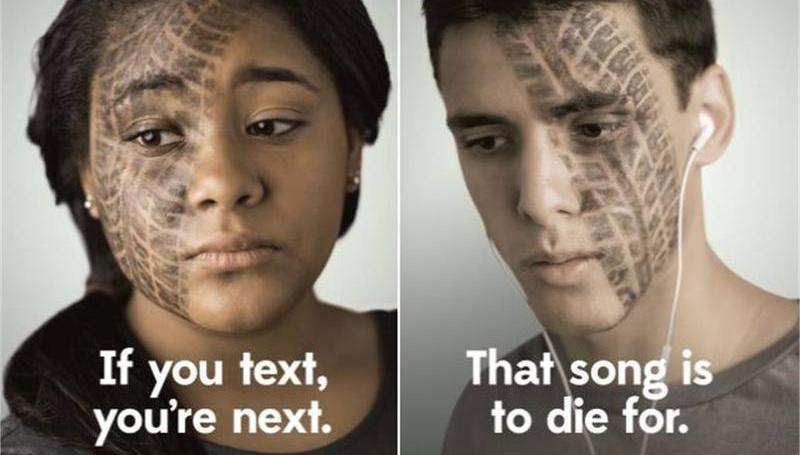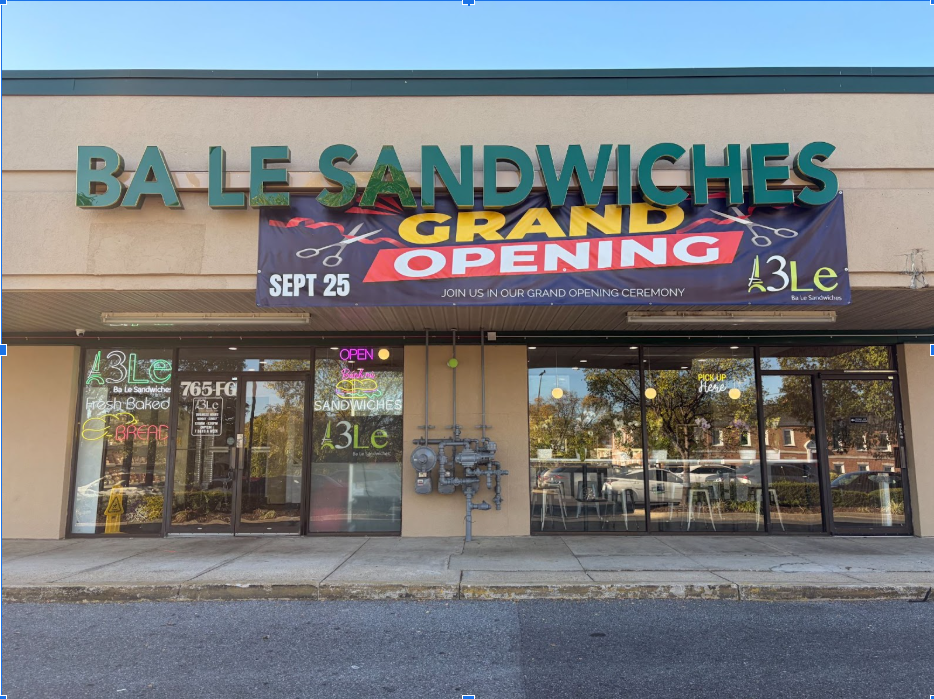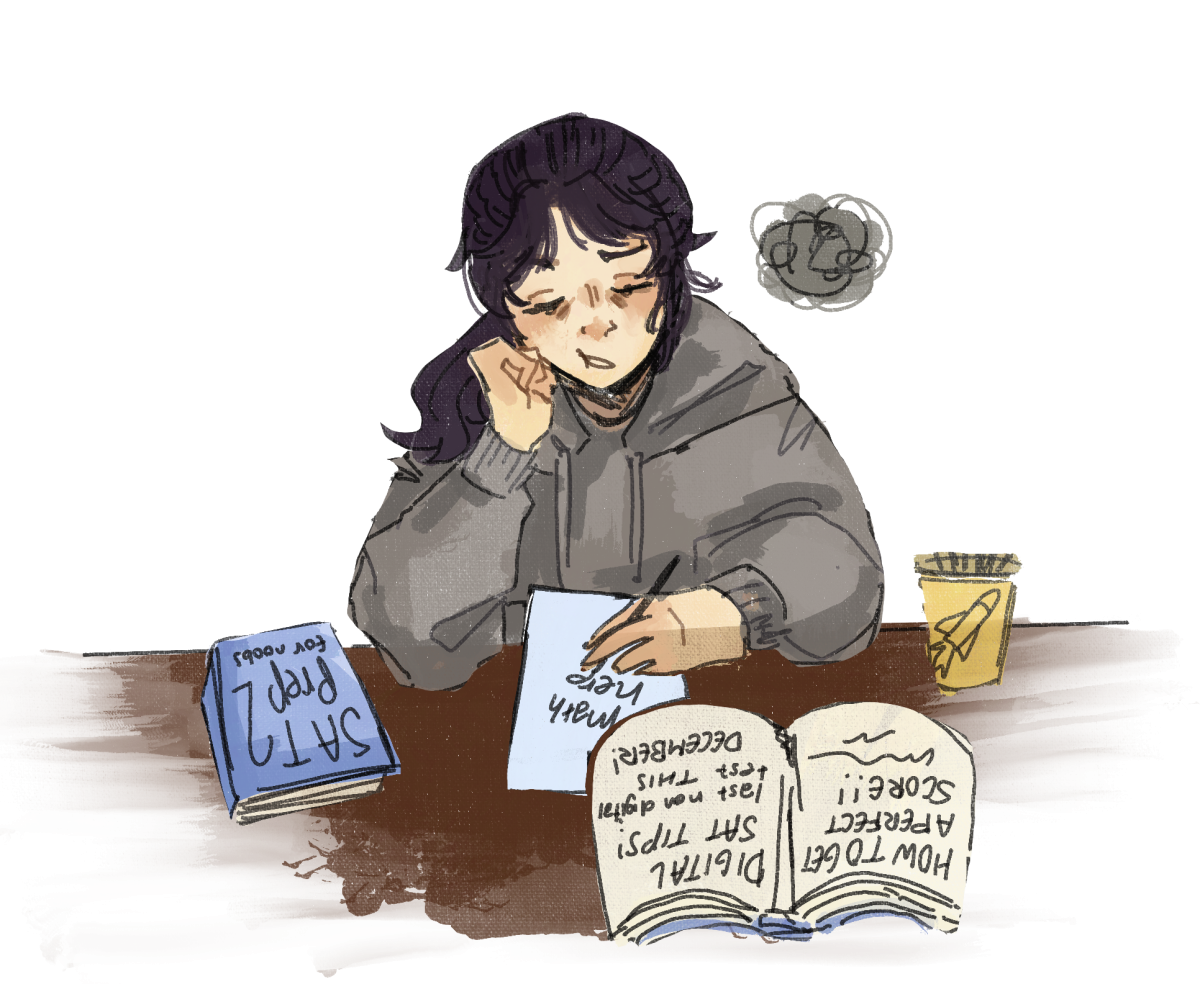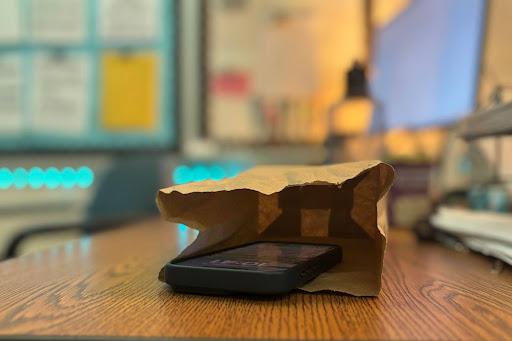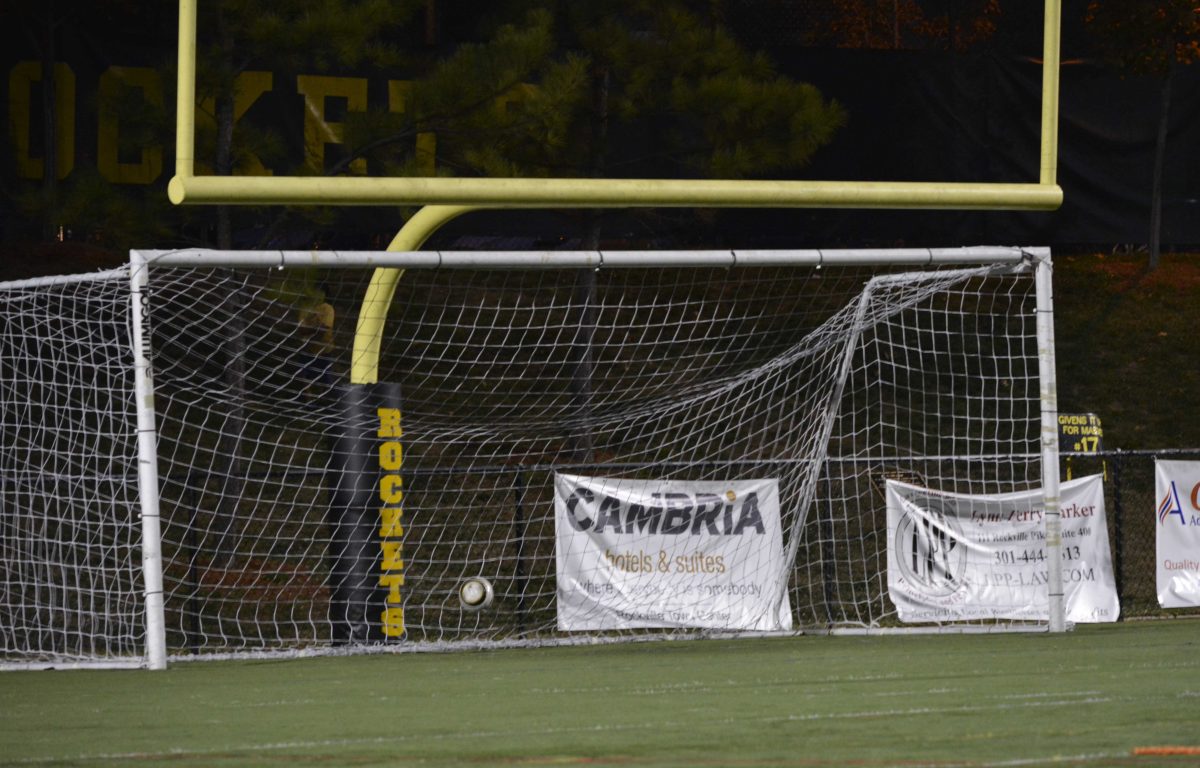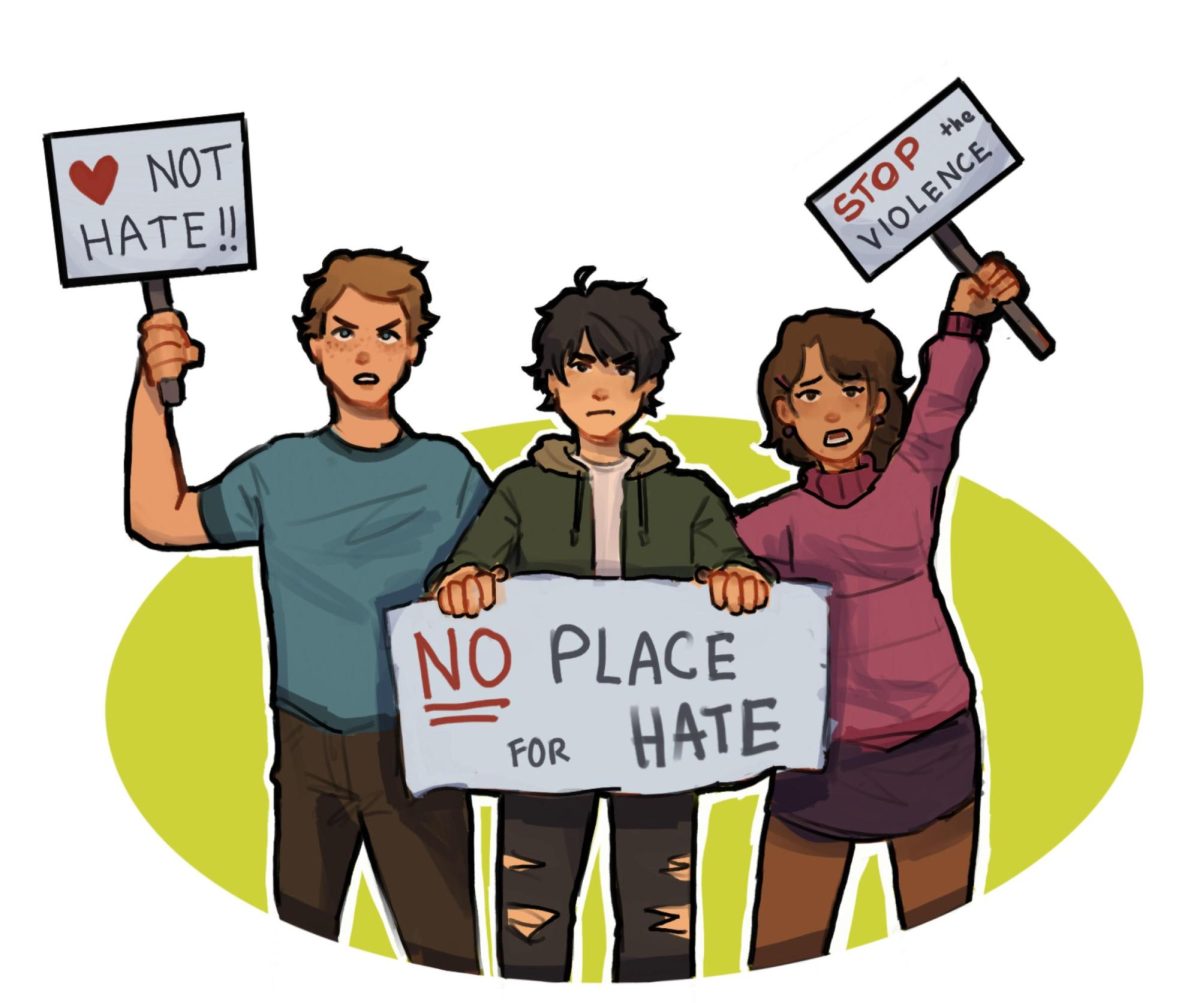In 2014, 4,884 pedestrians died from car accidents, and countless more were injured, according to the National Highway Traffic Safety Administration. That same year, the Montgomery County Department of Transportation launched the YOLO campaign to address pedestrian safety among teenagers. The campaign features posters of teens with tire tracks on their faces, along with captions that serve as safety reminders, in an effort to limit the alarming number of pedestrian accidents in Montgomery County.
The YOLO campaign begins by having MCPS send out a guidebook on the campaign to schools across the county, including posters to hang around the school. Other steps the campaign takes are school assemblies, pep rallies, and competitions to raise awareness of pedestrian safety .
At Richard Montgomery, the SGA has hung some posters around the building, but for the most part students do not see the campaign as widely addressed at school. Most Richard Montgomery students do not recognize it from just the name, but they do recognize the images on the posters. “We’re not talking about it; it’s only visual,” said junior Roni Tamary, a member of the SGA media publicity committee at RM.
Tamary believes that the campaign is working to spread an important message, but much more can be done to educate students. She explained, “It should totally be more out there, more talked about, more advertised, because even though there are pictures here and there, I don’t think the true meaning of it is being projected to the student body.”
Other students also repeat the idea that the campaign is not well-known at RM. Freshman Michelle Campano said, “I’ve seen that campaign, but I don’t know a lot about it.” However, she still supports it and believes it is “pretty good since it really makes you stay on the safe side and makes people more informed on what could happen if they aren’t careful.”
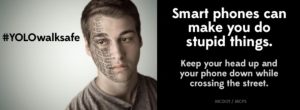
According to the YOLO Campaign’s page on the MCPS website, over 400 pedestrian crashes occur every year in Montgomery County alone. This problem isn’t solely limited to Montgomery County either; Maryland is one of the top ten states in the country with the highest number of pedestrian fatalities among teenagers. The page also mentions that 49% of teens report using a cell phone while walking to school.
Many students at RM echo the sentiment that pedestrian safety is not the first thing on teens’ minds, admitting that sometimes they do not wait for the walk sign to change all the time, or they occasionally jaywalk on the way to Rockville Town Center. “When I drive to school, I notice a lot of people will walk when the hand sign is on,” senior Kristina Murphy noted. She also worried about safety in some of Richard Montgomery’s surrounding streets, describing how “sometimes the cars are zooming by and sometimes they’ll stop for you and stuff but it’s so hectic.”
One probable cause is that teenagers do not recognize the possibility of being involved in an accident themselves. “A lot of people, they think ‘oh, I’m never going to get involved in a car crash’ and the reason why you hear about car crashes is because it’s news,” said sophomore Laura Chang, “but that’s also the thought process of people who do get involved in car crashes–they never think that they’re going to get in one until they actually do.” The YOLO campaign’s distinctive approach to pedestrian safety aims to remind teenagers that fatalities really do occur in pedestrian crashes, more often than they think.
Chang recalled a story she heard of a pedestrian crash involving somebody in her own neighborhood. “He was walking home at night and he was within meters of his house but then he got hit by a car,” she recounted, emphasizing how a car turn into her neighborhood can make it hard to see people on the street.
Murphy has also heard about a girl who was killed recently in the Rockville area, in the same kind of pedestrian accident. “You never know what’s going to happen,” she remarked.
However, some RM students take a different opinion on the campaign. Senior Eric Lang voiced his opinion that the campaign is “an unnecessary scare tactic that doesn’t really do anything to get me more interested.” He believes that the images of tire tracks on a teenager’s face do not accurately convey the message of pedestrian safely.
“A lot of people see the pictures and it’s very powerful, but people don’t actually know what it means,” claimed junior Kisa Sow. Tamary supports this viewpoint, stating, “I don’t think we’re being educated enough about it.”


